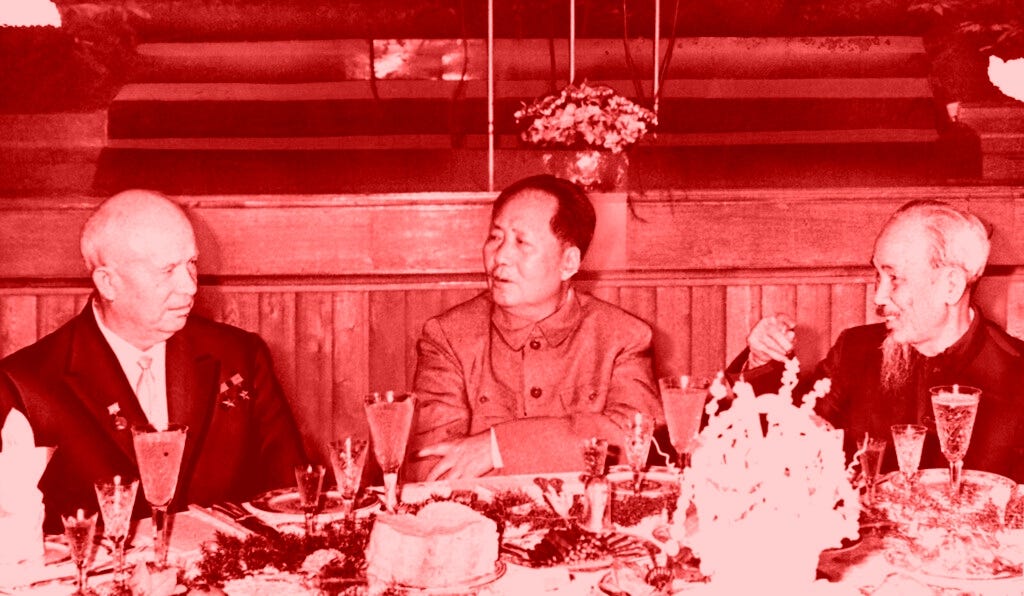Having to lay people off is one the most difficult challenges faced by any chief executive. If you ever have to do this in the future, here are a few thoughts for your review.
If at all possible, avoid “across-the-board” packages. We have witnessed multiple examples of companies that offer generous packages to any employee in a certain category who chooses to leave the company. This has the short-term advantage of avoiding unpleasant conversations and making life much easier for managers who do not have to make hard decisions. It has the long-term disadvantage of providing an incentive for your best employees (who can easily get another job with a pay raise elsewhere) to leave—while providing an incentive for your worst employees (who cannot get another job) to stay. While this may seem insane, it happens far too often. It is better to face the short-term pain of disappointing average performers who are forced to leave the company than the long-term pain of losing the great people you will need for the company’s future.
Go out of your way to communicate to your top performers that you value their work and want to keep them. A few years ago, we reviewed research from one of the world’s leading accounting firms. They conducted interviews with top performers who were leaving the firm. What did they discover? Over half of the best people who left had no idea that the company thought they were important or even that the company wanted them to keep working there! They did not leave because they wanted more money; they just wanted to know that the company cared about them.
As a CEO, make a list of the people who are making the greatest contribution to the value of your organization. Our great friend, Sandy Ogg, the former CHRO of Blackstone, taught us this principle. In Sandy’s research, he found that in many companies there was a surprisingly low correlation between compensation, recognition and value creation. Some roles in the company were several levels down from the top yet were critical for value creation. The importance of these roles was not being recognized. In a few cases, the CEO of the company did not even know the names of some of the most important value creators.
Get personally involved with your most important value creators. Let these people know why they are so important to the company, and show them by your personal connection how much they mean to you. One CEO of a huge corporation estimated that 50 percent of the value of the company was being created by about 50 people. Sandy Ogg also points out that every position does not need an A performer. He notes that in some roles a C performer may be acceptable, yet in other roles the future of your company may depend upon the right A+++ performer!
Get personally involved with the high-potential leaders of the future, at all levels. While you many not have the time to meet with each high-potential leader individually, you can visit high-potential leadership programs and meet with them collectively. They may not be your company’s most important contributors today, but they may well be in the future. Your interest and caring shows them that they are important to you and to the company.
On one hand, it is important to treat every person in your organization with respect and dignity. On the other hand, leadership is not a popularity contest. You have to let the people you need to keep the most know how truly unique and important they are. If you don’t, your competitors will.
The post Marshall Goldsmith On Acing Layoffs appeared first on ChiefExecutive.net.
























































![Key Metrics for Social Media Marketing [Infographic] Key Metrics for Social Media Marketing [Infographic]](https://www.socialmediatoday.com/imgproxy/nP1lliSbrTbUmhFV6RdAz9qJZFvsstq3IG6orLUMMls/g:ce/rs:fit:770:435/bG9jYWw6Ly8vZGl2ZWltYWdlL3NvY2lhbF9tZWRpYV9yb2lfaW5vZ3JhcGhpYzIucG5n.webp)
















